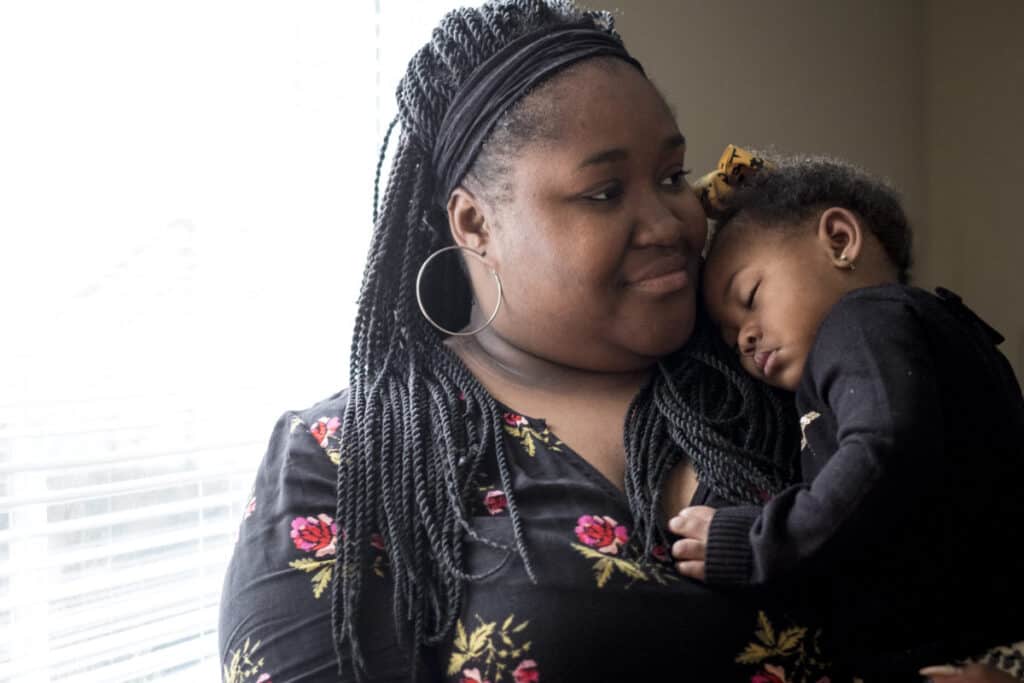504 plans are for students with disabilities who need some adjustments to the learning environment (accommodations) to help them meet their needs in the classroom. This is different from an IEP, or Individualized Instruction Plan, which includes specialized instruction to help children learn the material. If you’re wondering “what’s a 504 plan and how can it help my child?”, we’ll break it down for you here.
504 plans are not technically part of special education, and are governed by a different law: not IDEA, but Section 504 of the Rehabilitation Act of 1973. This is a civil rights law and gives people with disabilities equal access to all government services, including public education. 504 plans are meant to give students with disabilities equal access to all parts of the school day.
A 504 plan is a bit less involved and formal than an IEP, which requires a comprehensive evaluation and lists very specific goals and services.
What are accommodations?
- Changes in the classroom environment to remove the barriers to learning that are due to a child’s disability
- They “even the playing field” and give a child equal access to the regular things they need to do and learn in school
- They do not change what your child is learning, but rather how they learn. Your child will be held to the same expectations as all other students
Sometimes the school can offer accommodations informally without a 504 plan, but it’s always better to put it in writing. This way, the school is held accountable.
Accommodations are not only for 504 plans. They are also included in many IEPs.
Accommodations might include:
- Change in desk placement or headphones to avoid distractions
- Extra time to take tests or do assignments
- Adaptive equipment like special chairs or keyboards
- Assistive technology devices like iPads with communication software
- An aide (classroom helper)
- Frequent breaks
- Support in non-academic and after-school activities
Click here for a 504 plan Accommodations Checklist and to see examples of what could be included in a 504 plan.
Who qualifies for a 504 Plan?
To qualify for a 504 Plan, a student must have a “qualifying disability that substantially limits a major life activity.”
- Qualifying disability – a mental or physical impairment, including specific learning disabilities
- Substantially limits – this means the disability makes it much harder for your child to do something
- Major life activity – this includes taking care of oneself, walking, talking, learning, reading, concentrating, thinking, and communicating
The law doesn’t give specific lists of what these terms mean. You and the school evaluators should talk about how your child fits these criteria. Speak up if you think your child should qualify.
504 plans can be useful for students with medical issues requiring nursing support, like Type 1 diabetes or even severe allergies. They can also be for students with conditions like ADHD that require a specific desk placement, frequent breaks, or use of headphones to help with focus.
How is a 504 plan different from an IEP?
A student who has a 504 plan needs adjustments to the learning environment so they can have equal access to all parts of the school day.
They do not meet the requirements for an IEP, which outlines very specific services and goals.
| 504 | IEP |
| For students with a confirmed disability | For students with a confirmed disability |
| Includes accommodations to help the child follow the general curriculum | Includes specialized instruction or services which may include learning specialists, etc. Can also include accommodations |
| Based on Section 504 of the federal Rehabilitation Act. This is a civil rights law that requires students with disabilities to have equal access to public education and extra-curricular activities | Based on IDEA: the Individuals with Disabilities Education Act |
Read more about 504 plans vs. IEPs.
How can my child get a 504 Plan?
If you think your child may qualify for a 504 Plan, this is the process:
- Contact the 504 coordinator at the school to request a 504 meeting. If you don’t know who that is, talk to the principal or call your district’s Special Education Office.
- If your child has not had a Special Education evaluation, the school may do some testing first to identify the disability.
- The 504 committee meets to assess the child’s disability-related needs. They should review a variety of sources, including: the evaluation report, grade history, teacher reports, parent information, state assessment scores, observations, and medical records.
- If your child qualifies, the team will suggest accommodations to write into the 504 plan. You, the parent, can negotiate for more if you think it’s needed.
- You and the team should review the 504 plan every year to make sure it continues to be appropriate. It can be revised anytime during the school year.
**********************
LA only:
When you contact the 504 coordinator, they will send a meeting notice for a School Building Level Committee (SBLC) meeting to review Section 504 data. Members may include the parent, guidance counselor, evaluation coordinator, and teacher. The Pupil Appraisal Coordinator may also be part of the SBLC.
If this group decides that the student qualifies for a 504 plan, they will develop an Individual Accommodation Plan (IAP).
**********************
Monitoring your child’s progress with a 504 plan
Once you have the 504 plan in place, it’s important to keep track of your child’s progress.
What you want to know:
- Is your child consistently getting all the accommodations outlined in the 504 plan?
- Are the accommodations helping your child to make progress in school and take part in other school activities?
- Does your child have any new challenges that should be evaluated?
If you think the 504 Plan needs to be changed, talk with your child’s teachers and the 504 Coordinator.
Read more about monitoring your child’s progress.
What if your child is not making progress?
If you think your child needs more support, you can ask for another evaluation and try (again) to see if they qualify for an IEP.
What’s a 504 plan? Now you know–it’s a way to support your child if they need adjustments to their environment in order to learn in school. Having a 504 plan can make a big difference to your child. It can remove barriers that held them back because of their disability, and make sure their learning space meets their needs.



